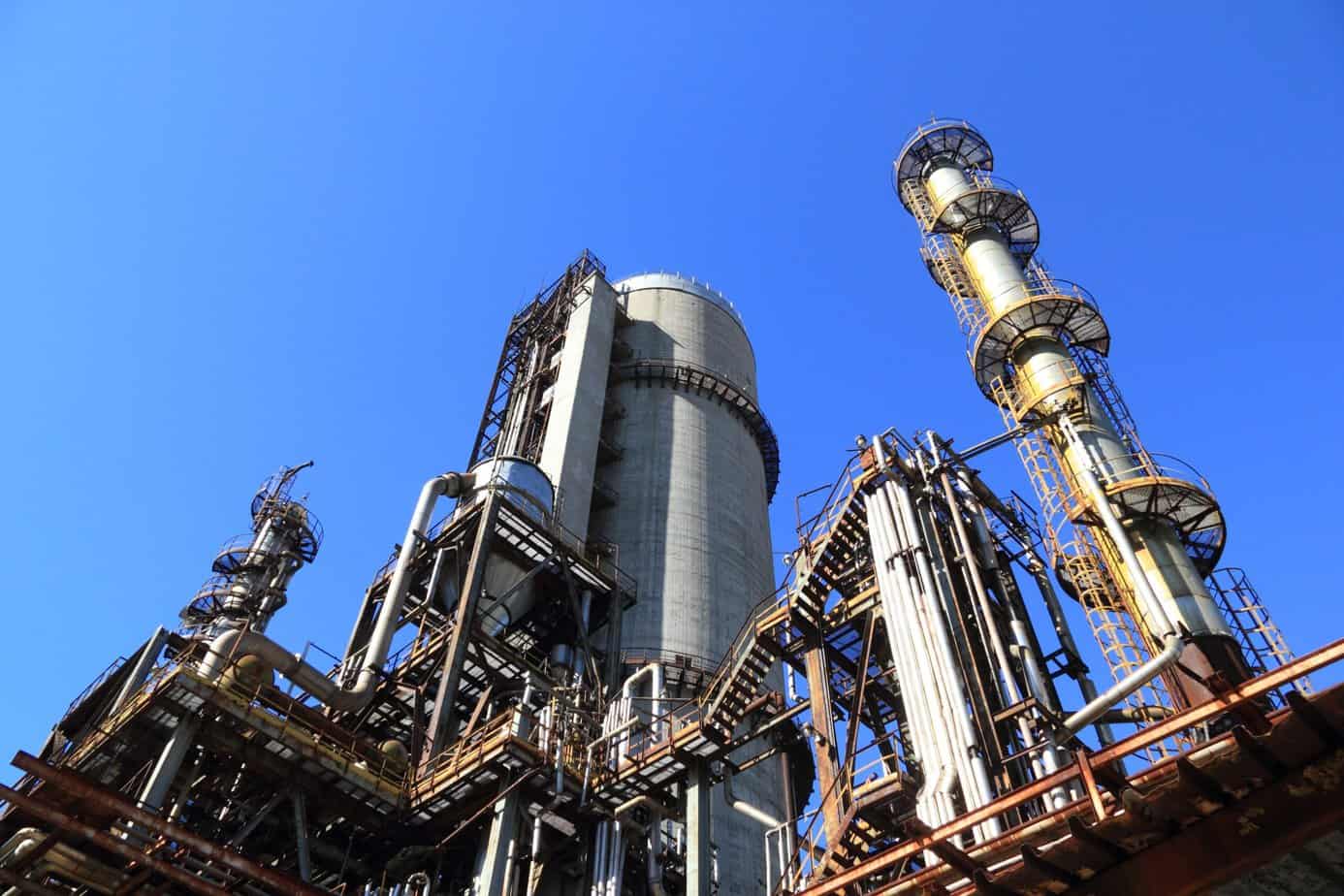
Pharmaceutical processing applications require the use of a highly specialised heat transfer fluid that is specifically designed to operate for extended periods at the correct temperature. Choosing the right heat transfer fluid can positively affect the operating efficiency of an HTF system and increase the active service life of both the system and the fluid.
Heat transfer systems are used widely within the pharmaceutical manufacturing industry to indirectly cool and heat ingredients during stages like batch reactions, crystallisation, and bulk drug processing.
As thermal fluids move around systems, they transfer heat from or to the base products, intermediate products, and finished products to obtain the correct temperatures.
Industry experts understand that compared to steam-based systems, thermal fluid-based systems offer multiple advantages in areas like safety, efficiency, and precision control when it comes to temperature. However, not every thermal fluid offers the same capabilities as another. As a result, there are points to consider when selecting the best heat transfer fluid for a specific process.
Understanding thermal fluid degradation
Upfront heat transfer fluid cost might seem like a key concern, however, in the long-term, obtaining a good return on your investment always comes from correct fluid maintenance. All heat transfer fluids degrade over time, but the rate of this degradation rises when system temperatures keep exceeding the recommended range.
The reason why degradation occurs when temperatures are elevated is because the hydrocarbon chain bonds start to break down, resulting in the process referred to as fouling which results in carbon deposits production.
Eventually, a type of sludge starts to form inside the pipework and effectively reduces system efficiency. Operators might be tempted to crank up the system to compensate for any reduction in heat transfer quality However, an equation exists which suggests that increasing the operating temperature by a mere ten degrees can cut the expected lifespan of a heat transfer fluid in two, making the issue worse.
When a thermal fluid substantially deteriorates, pharmaceutical manufacturers usually start to experience issues in their process and will often have to stop production, dispose of wasted batches, and then drain the entire system before cleaning and flushing it. This unwanted scenario results in unexpected and expensive downtime for companies.
Why operating temperatures matter
The good news is that thermal fluids can have an exceptionally long lifespan when care is taken to choose, use and maintain them in accordance with the original manufacturer’s recommendations.
Heat transfer fluids each have specific attributes that ensure they perform effectively and remain thermally stable if operated within the right temperature range. However, pharmaceutical manufacturers must always consider the operating temperatures they work at when selecting a fluid to ensure that it can efficiently and safely run at the temperature they required.
Chemical considerations of heat transfer fluids for pharmaceutical processes
Heat transfer fluids each have different chemical compositions that a pharmaceutical manufacturer can consider when selecting how suitable a fluid’s attributes are for a particular application.
While mineral based fluids offer a fair trade-off between performance and cost, the most popular choice in modern pharma applications is to use synthetic heat transfer fluids. These fluids are less susceptible to forming carbon than oils which are mineral based, offer enhanced thermal stability and heat transfer efficiency, and are more resistant to fouling.
Manufacturers seeking to operate a heat transfer system at higher temperatures will typically want to select a synthetic-based fluid. This is because synthetic fluids are recognised as having greater stability at higher temperatures than mineral-based products.
Synthetic heat transfer fluids are also lower viscosity solutions than their mineral-based counterparts, so they perform effectively in both liquids and vapour phases. Crystallisation and other chemical reactions occur at a wide range of both high and low temperatures, so pharma manufacturers can often benefit from selecting a thermal fluid which has a broader operating temperature range.
Maintaining a full life span for fluid
As mentioned, all heat transfer fluids degrade over time. However, routine and monitoring and maintenance can effectively slow the degradation process.
Regular analysis of heat transfer fluids slows deterioration. By extracting a representative fluid sample from an active system and sending it to a laboratory for analysis, manufacturers can understand the current condition of their fluid, allowing them to plan maintenance in response.
Preventive maintenance slows degradation and reduces the risk of any carbon deposition forming and fouling occurring which might decrease fluid efficiency. As a result, manufacturers can maximise system performance, cut energy costs, enhance health and safety and mitigate the likelihood of unexpected and unwanted downtime.
A pharmaceutical manufacturer must ultimately measure heat transfer performance against their specific manufacturing requirements. A poor fluid decision can lead to an inefficient system and accelerated breakdown of the fluid, which will increase maintenance times and can result in end products which are non-compliant with regulations.
However, by considering the specific requirements of both the application and the system, pharmaceutical manufacturers make an informed choice about the best heat transfer fluid for their operation, ensuring they can depend on it to remain effective throughout the entirety of the fluid’s lifespan.








































